Published 13th July 2023
Web3 Branding Guide | Strategy for building a brand on the blockchain

What makes a great web3 Brand? As a web3 branding agency we take a look at some of the key elements to developing a strong brand and what you can do to give your project the edge.
With so much noise within the web3 space, it’s imperative to make sure both your brand strategy and design are on point in order to cut through. After all, you may have unique ideas and products, but it’s your brand that needs to make a good first impression in order to hook your target audience.
To have a successful Web3 brand, all your branding assets have to give off the right impressions. Your brand visuals need to convince users that your brand is safe, trustworthy and offers high-quality services and products. Whilst on the other hand, your brand strategy needs to be thorough and methodical in order to build long-lasting connections with your audience.
One important detail, especially within this evolving space, is to make sure your brand is approachable and educates your audience about your services. Users are easily switched off if your brand appears unapproachable or if they don’t know what it represents.
When it comes to developing your brand, you need to think about a range of things such as: a logo; colours; typography; tone of voice; and which brand imagery you’re going to use. To help you get started, we’ve pulled together a guide to what you need to consider when it comes to building your Web3 brand.
Brand Strategy
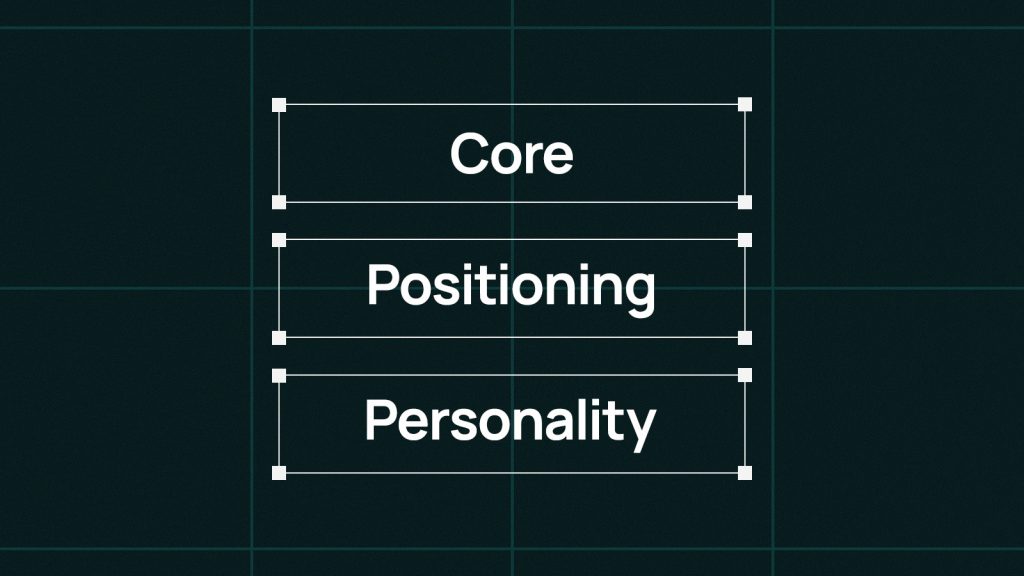
An effective brand strategy acts as a strong foundation for your brand. Your brand strategy defines who you are as a brand and helps establish your values, goals and personality. Amongst other aspects, your brand strategy also looks at your competition and what sets you apart from your competitors.
A brand’s strategy is usually split into three sections: brand core; brand positioning; and brand personality. Within these sections, your purpose, vision, values, audience, market, goals, personality, tone of voice, and tagline will be established.
Having a clear brand strategy helps to establish trust with your Web3 community, motivate your team and provide you with a clear purpose and direction when it comes to developing your brand.
Logo
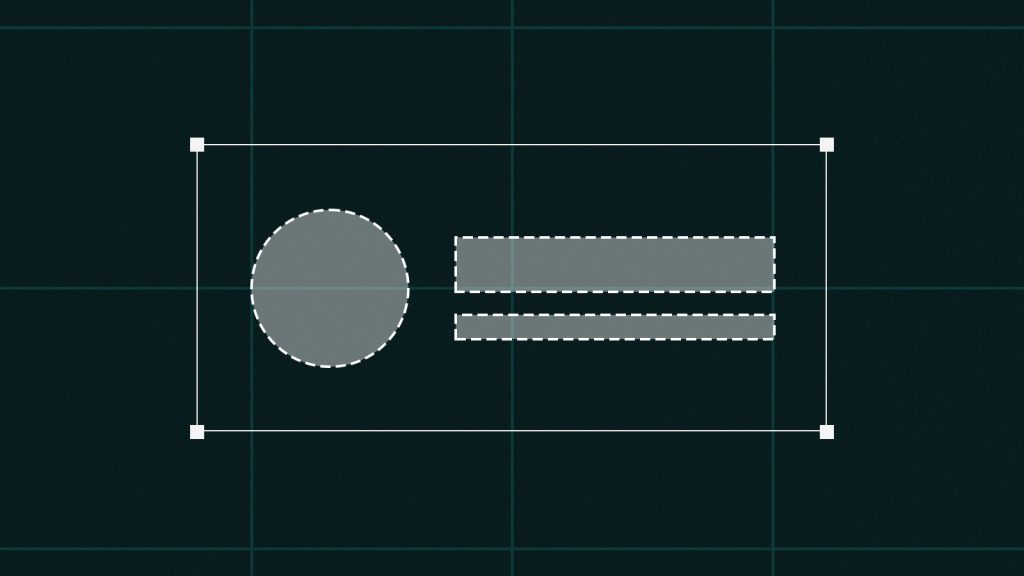
A logo is one of the first things a consumer identifies when interacting with your brand, therefore it needs to perfectly encapsulate your brand values. The icons, colour and typography within your logo should combine and work together to give a visual representation of what your brand stands for.
As blockchain platforms are digitally based, almost all these brands have both combination and brandmark logos which enables their logo to be applied across different applications within the web and social media. When it comes to the logo design, the more versatile the design, the better.
A majority of blockchain brands often have their own token. This needs to be considered in the design phase as your icon needs to work on smaller scales in order to be recognisable once scaled down and displayed as a token. Therefore we recommend staying away from anything too detailed or ambiguous when it comes to your icon design.
Colour

The second most visually important aspect of your brand is colour. Colour is a powerful tool in helping convey brand values. When thinking about what colours you want to represent your brand, take inspiration from colour psychology and meanings to help you in selecting the colours that represent what your brand is all about. Unlike other industries, Web3 is full of brands with different colours threaded through their visual identity – therefore, there are no limits as to how much (and which) colour you can inject into your brand.
When considering colour choices, keep in mind these colours won’t only feature in your logo. The colours you choose will eventually spill out into other aspects of your brand, whether that be within your visual imagery, your website background or your social media banners.
Typography
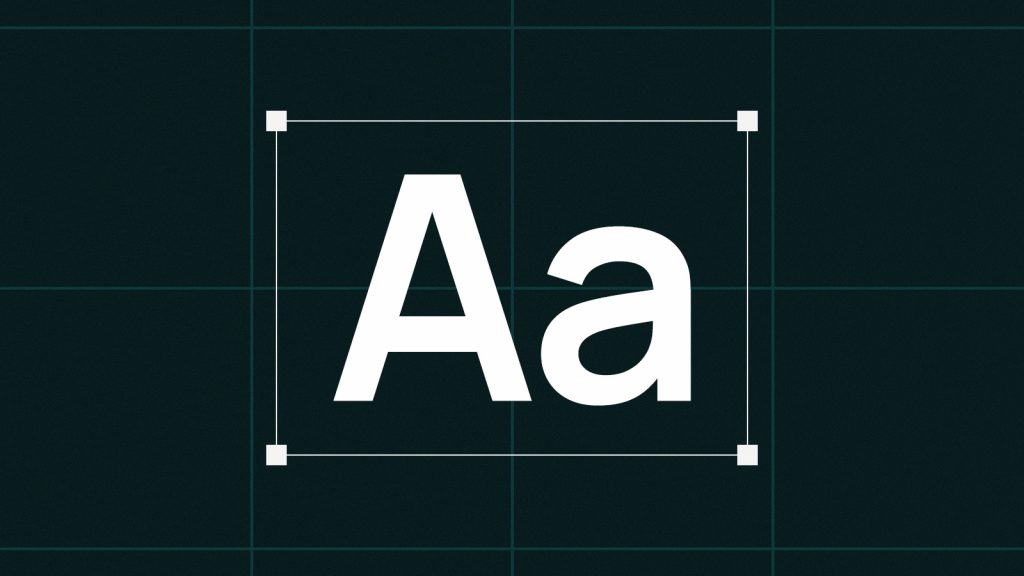
When choosing which fonts to use within your branding, consider their appearance. The typography needs to be legible enough, otherwise people will be put off your brand if they struggle to decipher your text.
Just like colour, typography can represent brand values and attributes. Serif fonts initiate feelings of trust and respect due to being deemed a ‘traditional’ choice of style. On the other hand, sans serif fonts are regarded as the more popular choice and give off a modern impression and feelings of something being approachable and straightforward.
Tone of Voice

Deciding which tone of voice to use within your branding is important in helping interact and build a relationship with your users. To nail the perfect tone of voice for your brand, it’s important to research your audience. These are the groups of people your brand will be striving to engage with, therefore you need to know how to approach them.
A quick tip: imagine the brand as a person and that’ll influence your tone of voice. Think of their personality traits and how they would act. Now imagine that person is in charge of writing all your copy.
When it comes to Web3 branding, nailing the tone of voice is essential. Most of your interaction with customers will be through digital and social media platforms and therefore your copy needs to be written in a tone of voice that comes across as well as it can.
Brand Imagery
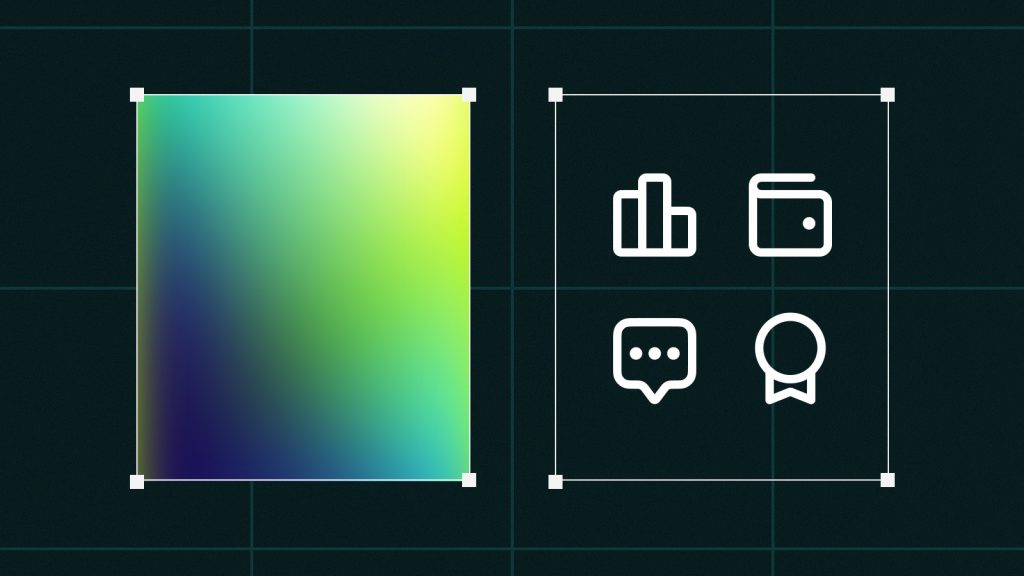
Your logo isn’t the only visual piece of branding that you’ll be relying on. Making sure you have consistent and relevant brand imagery is key. This covers anything visual that you choose to use within your brand, whether it’s vector icons within your website or photographs and illustrations that you use within blogs and social media.
A brand that has consistent imagery gives off the impression it’s got its act together. It comes across as reliable when all your brand imagery is matching or follows a certain set of rules. Users are more likely to buy into a brand that has matching visuals over a brand that doesn’t.
Brand Assets
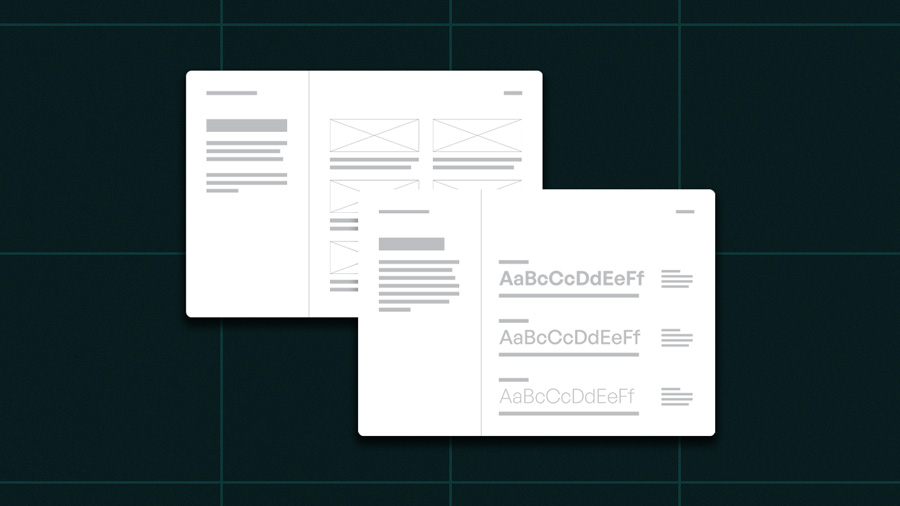
Once you have your brand design nailed, this can be rolled across to a wide variety of assets. Getting these assets all uniform and following your brand style can be a mammoth task – however it’s crucial to get it right. Deciding where to start with building up your brand assets can be a mind boggle, however we’ve put together a list of the basics that we think every Web3 brand should consider.
Brand Guidelines
One of the most important documents within your arsenal is your brand guidelines. Your brand guidelines contain all the information, rules and guidelines surrounding your brand – both from a strategic and visual POV. By keeping an up-to-date version of your brand guidelines available, you are able to have control over the way your brand is used. This applies both internally and externally. Brand guidelines make it clear to anyone interested as to how and when your brand elements should be used in order to ensure your brand appears cohesive across all touch points.
Social Media
Chances are, if you’re building a Web3 brand, you’ll also need somewhere to harbour your community of followers – keeping them in the loop when it comes to all things related to your brand. Whether this be via Telegram, Discord or Twitter it’s important that your brand remains visually consistent throughout. The best way to start is to consider elements such as social media banners or templates. Templates for all sorts of posts and graphics can be crafted up to ensure a cohesive look across all your channels. By keeping your visuals and messaging clear across every form of social media you can establish a good level of brand recognition and trust across both your community and anyone else who stumbles across your brand.
Pitch Deck
If you’re in the stages of trying to raise funds or find partners for your brand, then you’ll most likely be faced with the task of putting a pitch deck together. The main purpose of a pitch deck is to capture an investor/partner’s attention, and it can be a key tool for your brand. Having a branded and visually cohesive presentation can really make a difference.
Whitepaper
Along with your pitch deck, a whitepaper can play a key role in advocating your brand. A whitepaper documents any key problems and how your services or product intends to provide a solution. This document needs to have a clean and consistent format and ideally align with your brand guidelines when it comes to type, colour and imagery.
Promo Videos
When considering ways in which to promote your brand, promo videos shouldn’t be overlooked. Videos are an engaging way to sell your brand to your audience. Various lengths and styles of video can be created to help market your product and services. From 10-second teaser videos, to comprehensive how-tos you can advertise your brand in a wealth of ways through motion. In an age of increasing digital consumption, join the wave by including video within your brand rollout.
Final Thoughts
In summary, when designing and developing a Web3 brand, it’s wise to remember that the visual aspects (including logo, colour and typography) are likely the first encounter any user will have with the brand. Therefore, it’s essential that your visual brand assets all follow the same thread. If you can achieve this, then the brand will perform well.
The Web3 industry is developing quickly, therefore it’s becoming even harder to stand out. However, this can all be easily achieved through strong and visually appealing branding.
Looking for a web3 design agency to build your brand? Avark is here to help – get in touch with us!
